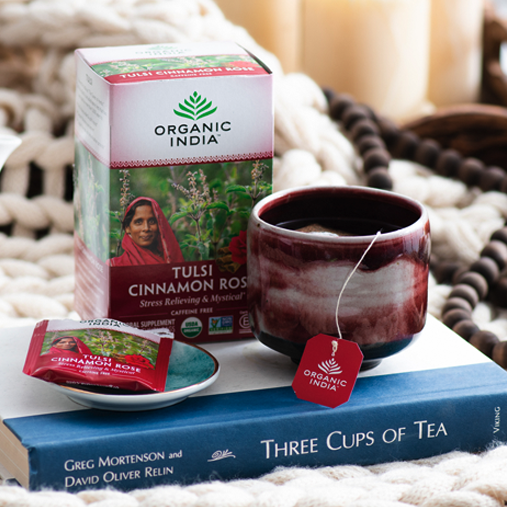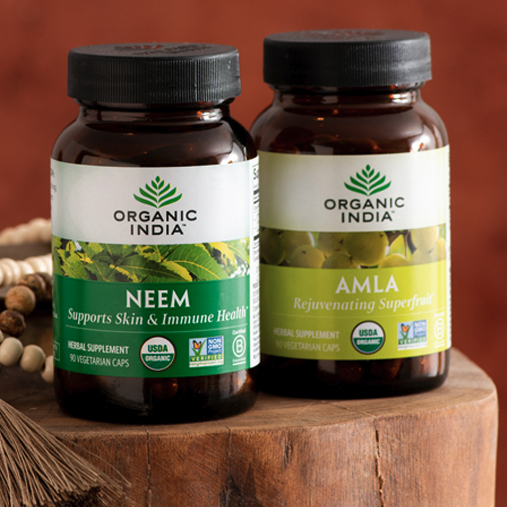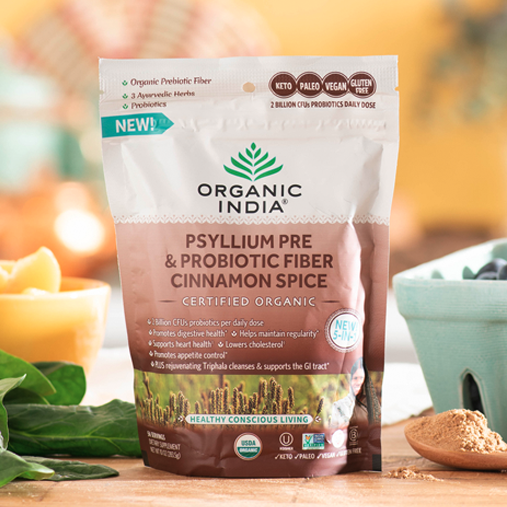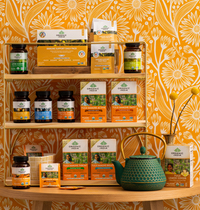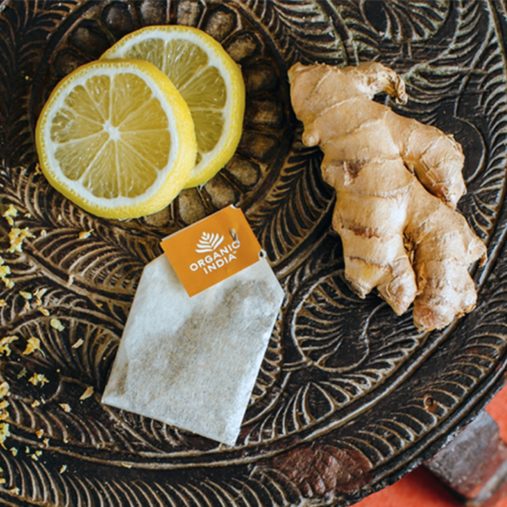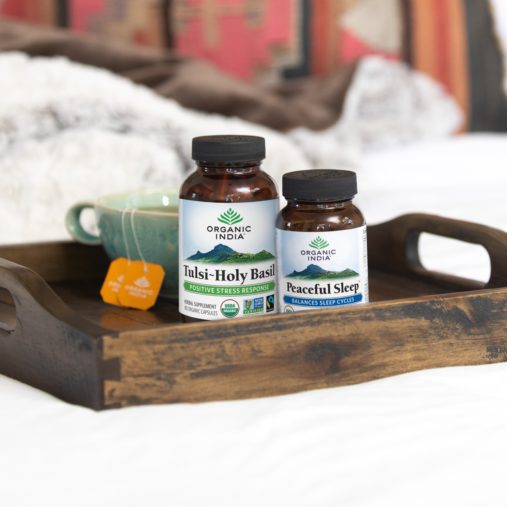You’ve probably seen the term “wildcrafted” on your favorite herbal supplements, teas, or personal care products.
It sounds interesting, but what exactly is wildcrafting, and how does it differ from organic or regeneratively grown herbs?
In this article, you’ll learn everything you need to know about wild-crafting and wild-crafted herbs, including the practice’s ethics, its benefits and limitations, and how to start wild-crafting your own herbs and wild foods.
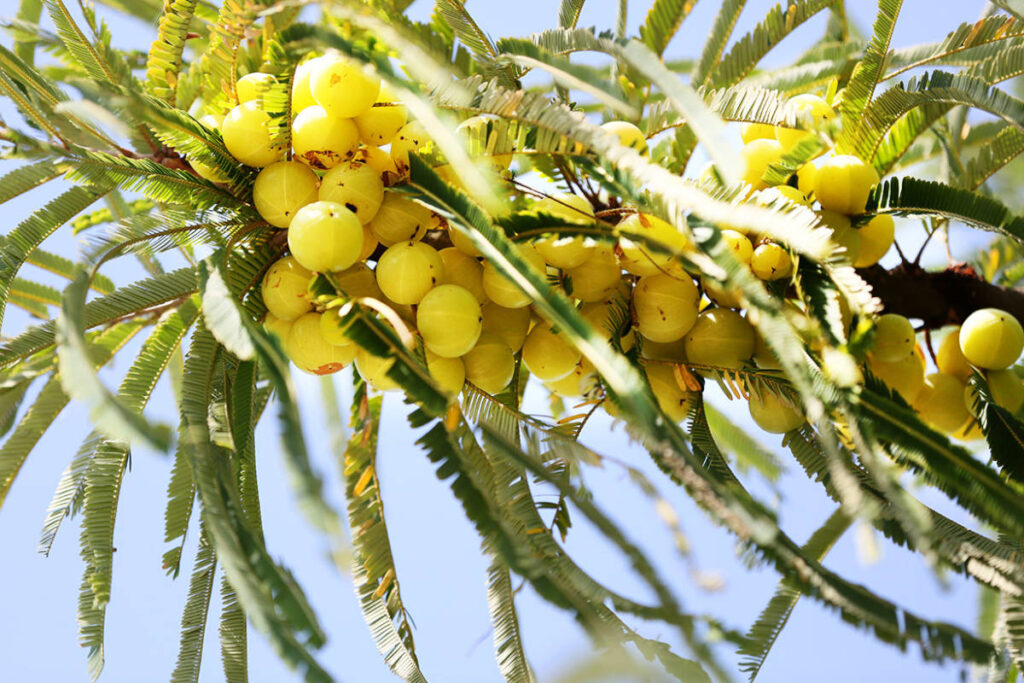
What is Wildcrafting?
Have you ever gone berry picking in the woods or harvested wild chives or dandelion greens from your lawn? If so, you’ve practiced wildcrafting.
Wildcrafting, also known as wild harvesting or foraging, is the practice of harvesting herbs, mushrooms, or other plants from their wild or native habitat, as people have done for millennia.
So, when you see the term “wild-crafted” on a product label, it means the specific herb(s) or plant(s) used in that product have been harvested from the wild versus cultivated or grown on a farm.
Organic India has worked with the government of India to certify Organic 2.5 million acres of forests. Herbs that Organic India wildcrafts include:
- Amla
- Haritaki
- Bibhitaki
- Neem
- Bacopa
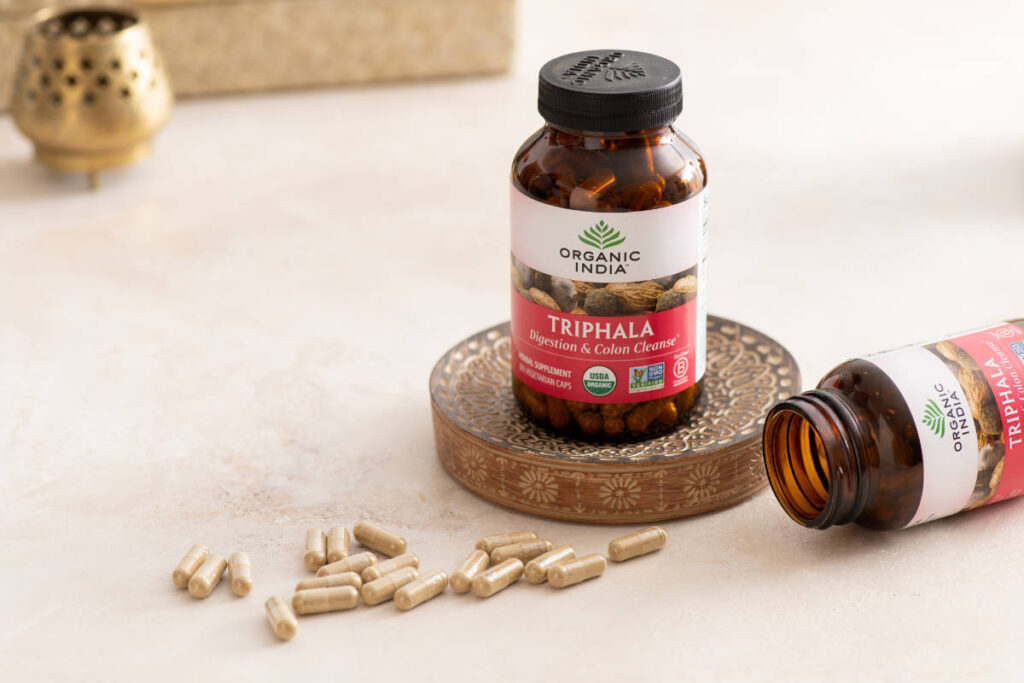
Wildcrafting Versus Foraging
As previously mentioned, wildcrafting is the same as foraging; the terms are just used differently.
For example, “wild-crafted” tends to be used to describe traditional herbs harvested in the wild, whereas “foraging” typically refers to the wild harvesting of other edible plants and fungi, like mushrooms, wild greens, or berries.
Wildcrafting Versus Organic Farming
There is a long-held debate between the merits of wild-crafted herbs versus organically-grown herbs.
Some herbalists and health experts maintain that herbs are most potent when ethically harvested from the wild.
Others maintain that organically grown herbs, especially those grown using regenerative agricultural practices that mimic the wild, are of equal potency, quality, and value.
Since there are no definitive studies to support the superiority of wild versus organic herbs, it’s best to examine each’s benefits and drawbacks or limitations.
Benefits of Wild-crafting and Wild-Crafted Herbs
- They are grown in their natural environment, which some argue makes them more potent.
- They can be harvested by anyone who knows how to identify and harvest them properly and ethically (never take more than one-third of the plant and never harvest an endangered plant).
- They can be less expensive than organic herbs.
- Traditional skills preserved and knowledge passed down, continuing to foster a healthy career path for wildcrafters that is not dependent on land ownership.
At Organic India, we practice Ethical Wildcrafting, a time-honored system of harvesting plants from organic, wild forests in a way that does not damage the ecosystem in which they grow.
- Protect organic forests. Organic India worked with the government of India to certify organic 2.5 million acres of forests for responsible wildcrafting, protecting against deforestation and overharvesting. We provide local wildcrafters training through environmentally sustainable and hygienic methods of procuring herbs and fruits that conserve native plant colonies and ancient tree groves.
- Direct wildcrafter partnerships. We trade directly with our wildcrafting partners, providing fair pay and living wages. These forests have a rich history and place in India’s traditional medicine, and this fair compensation and devoted conservation ensures that this widely lost practice can continue for future generations.
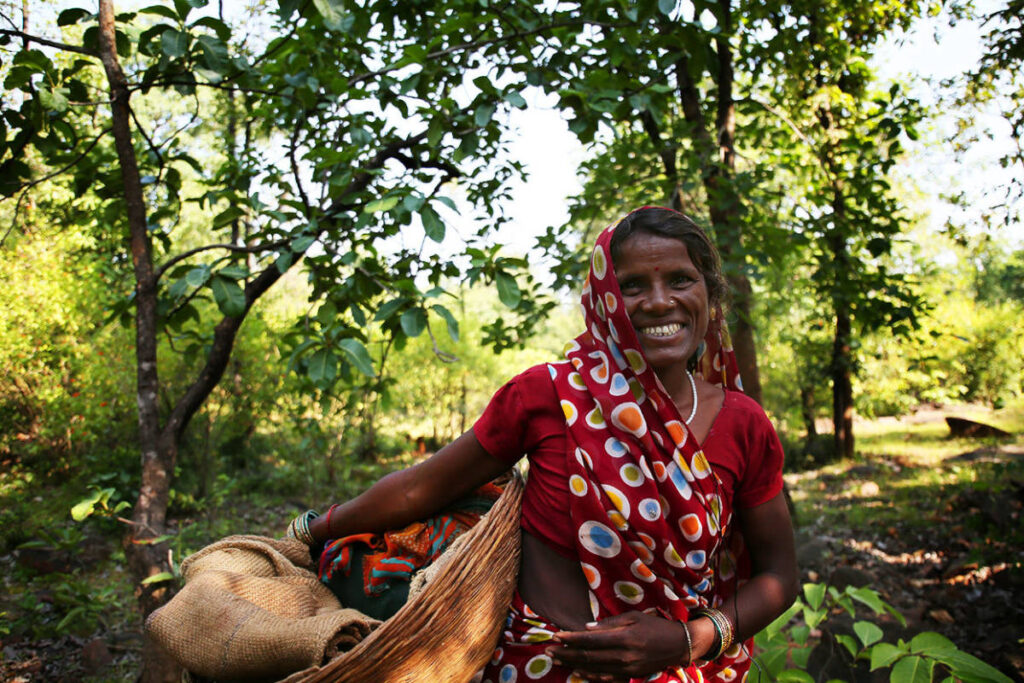
Drawbacks of Wild-Crafting and Wild-crafted herbs
Unfortunately, wild spaces are not always harvested ethically, leading to such problems as:
- Less regulation surrounding wild herbs means there are no guarantees they are free from pesticides, herbicides, and other environmental pollutants in the soil or air. This depends on where they are harvested (roadsides versus deep within a natural forest or untouched field, for example).
- Ethical issues surrounding wildcrafting, such as endangered or at-risk herbs, make it essential to source from an ethical wildcrafter and/or become very familiar with endangered or at-risk herbs yourself.
- Certain wild herbs have look-alikes, so either you or your supplier must know how to tell the difference. Supplement companies should employ identity testing, such as HPTLC (high-performance thin-layer chromatography) or DNA analysis, to ensure the herb’s identity.
- United Plant Savers advocates for at-risk plant species and provides guidelines, verifications, and certifications for sustainable wild harvesting and forest farming of traditional herbs and plants.
If you’re buying from a company that sells wild-crafted herbs, check if they’re affiliated with United Plant Savers or other organizations that advocate for ethical wild harvesting.
Benefits of Organic or Organic-Regenerative Herbs
- Certified organic or certified organic regenerative herbs are guaranteed free from synthetic pesticides, herbicides, fungicides, fertilizers, and other industrial agricultural pollutants.
- Organic herbs may be more consistent in quality due to protocols surrounding their cultivation, harvesting, etc.
- Certified organic regenerative herb farms prioritize soil health, protect ecosystems, and help create jobs at home and in developing countries, all of which benefit the earth and surrounding communities.
Cons of Organically-Grown Herbs
- They may be more expensive. Although this depends on the plant.
- Although more research is needed, they may not be as potent as their wild cousins.
- Not all organic growers are created equal. Some meet the minimum standards for organic certification (no synthetic chemical pesticides, herbicides, fungicides, or fertilizers). In contrast, others take it further by employing regenerative agricultural, permaculture, and socially just practices.
Learn more about the difference between certified organic versus regenerative organic certified in: What Is Regenerative Agriculture?
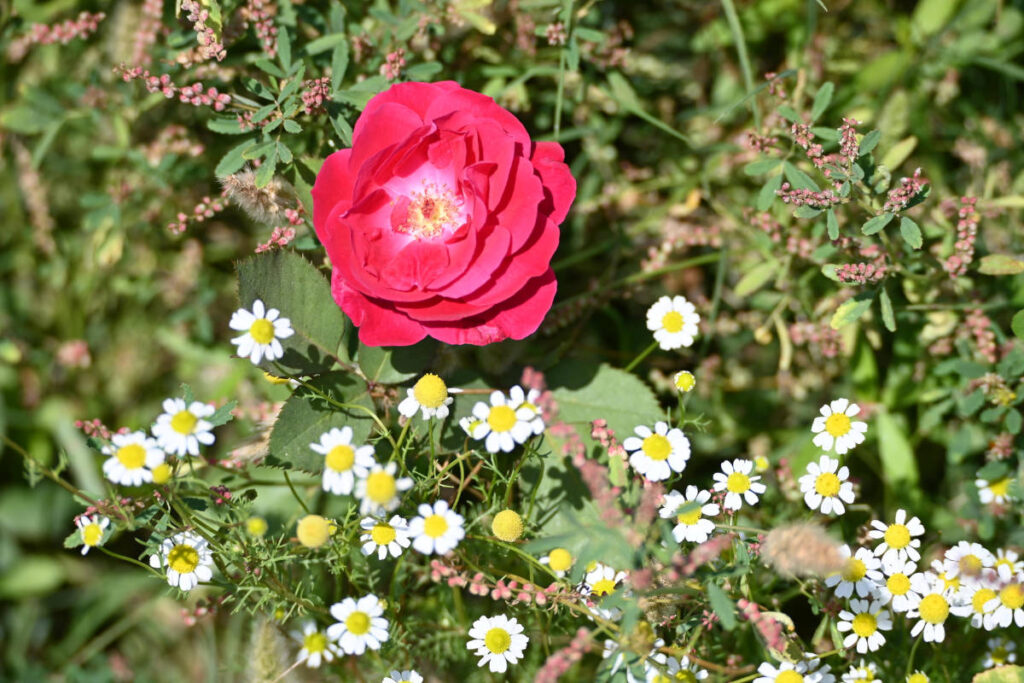
What Does it Mean for an Herb to be Wildcrafted (and how can you tell)?
As previously covered, a wild-crafted herb is harvested from the wild rather than cultivated or grown on a farm.
Supplement or skincare companies will disclose this on labels by labeling herbs as “wild-crafted.”
If supply limitations dictate, which can happen depending on the season and market, the company may use a more general label like “made with organic and wild-crafted herbs.”
Advertising and labeling laws require companies to be honest about sourcing and labeling ingredients, including wild-crafted vs. organic plants, for example.
However, these laws are difficult to enforce as there are no tests to validate wild-crafted status.
Therefore, if you’re seeking wild-crafted herbal supplements only, look into how the company sources its herbs.
For example, are they affiliated with United Plant Savers or another organization that advocates ethical harvesting? How long has the company been in business, and do they have a good reputation?
The same questions apply to buying directly from wild harvesters or community herbalists.
Tips for Learning How to Wildcraft Your Own Herbs
Learning to identify and harvest wild functional herbs is an empowering and exciting skill. However, it takes some practice, and due to the risks of mid-identifying look-alike plants, mentorship is recommended.
One safe place to start is in your own yard, provided it’s not treated with pesticides, herbicides, or chemical fertilizers.
In many parts of the country, herbs like dandelions, chick week or chicory, chamomile, and red clover naturally sprout up on lawns this time of year.
These are easy to identify, and all have particular health benefits. Plus, they taste great in salads or as a tea.
On the East Coast, broad-leaf plantain grows everywhere and has been used as a topical folk remedy for bug bites and bee stings.
Jewelweed, which grows by creeksides and can be identified by its orange flowers and how the leaves shimmer underwater, is also a folk remedy used to soothe poison ivy rash.
And wild chamomile is common out West, and makes a lovely soothing tea or ingredient in homemade skincare products.
There are many helpful wild-crafting and foraging guides to help you get started, like Identifying & Harvesting Edible and Medicinal Plants by Steve Brill and Evelyn Dean and The Complete Guide to Edible Wild Plants, Mushrooms, Fruits, and Nuts: Finding, Identifying, and Cooking by Katie Letcher Lyle.
For mentorship, check with local herbalists, your herbalist guild, your extension office, or a community college or university about foraging classes.
